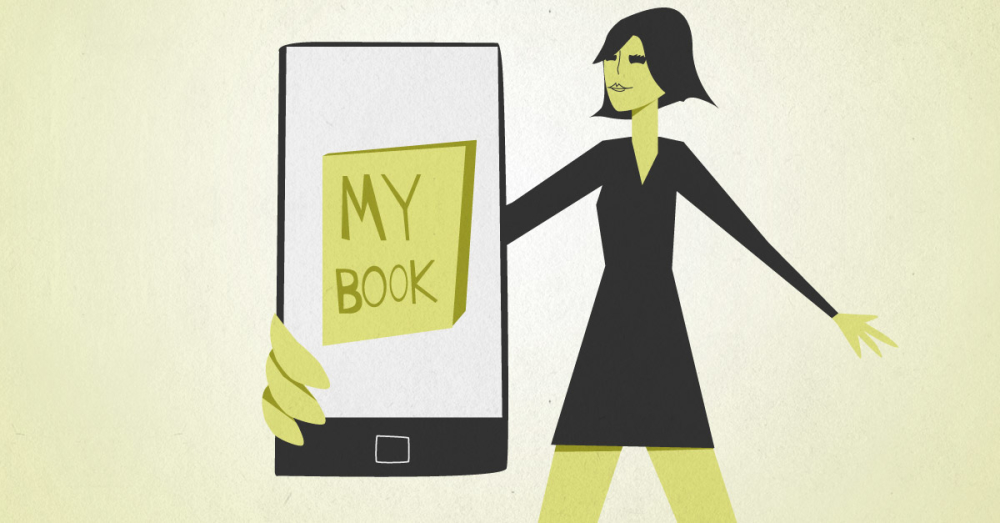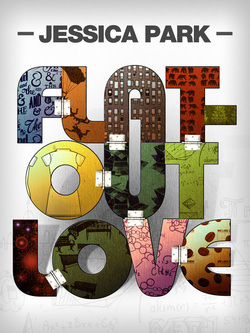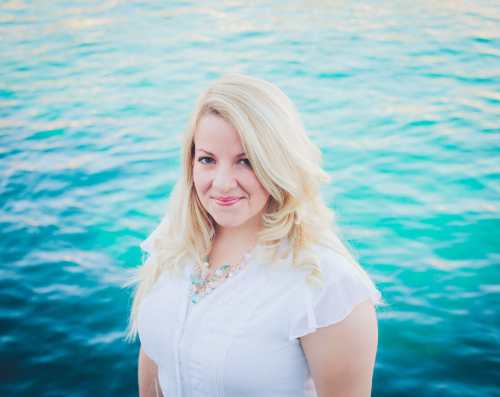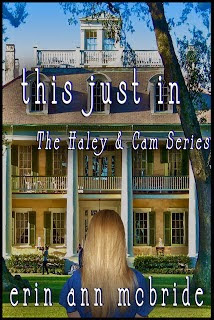DIY via KDP: Is it Worth it to Play the Amazon Lottery?

Authors who have found success through self-publishing understand there are divided opinions on the enterprise, not to mention chances for success. “On the one hand it’s wonderful. Everyone who wants to publish a book has that opportunity,” said author Jessica Park. “On the other hand, everyone who wants to publish a book has the opportunity … it’s a little double-edged sword.”

Jessica Park

Park had paid her obligatory author’s dues before testing the DIY waters. She’d learned the craft from her mystery-writing mother, Susan Conant, and had co-written installments of the traditionally published Gourmet Girl series. In 2010 she completed her first solo effort, a YA novel, but uniform praise from publishers failed to produce a contract. Relatively Famous was self-published through Kindle and earned solid reviews, even if sales hadn’t materialized as hoped.
Her second novel, Flat-Out Love, was rejected by a few publishers before she turned to Kindle Direct Publishing in 2011. Initial sales were slow, she said, before something clicked.
“I remember one Sunday, inexplicably it sold thirty copies. And not to relatives or friends,” Park said. Momentum continued when KDP featured the title in a monthly promo at a reduced price, and in November sold more than forty-five thousand copies.
“That was the list to be on at the time,” Park said. “Within hours my numbers went crazy. I didn’t know you can sell that many books.”
She also knows it doesn’t always work that way for everyone—the majority, in fact. It remains a lottery ticket with more and more people in search of the jackpot.
Picking a Platform

Erin McBride

Erin McBride, a self-published author and media consultant, said that the dust has settled on the fight between emerging platforms, and it’s fairly clear which outlet has claimed dominance. “The truth is, KDP is going to be where people buy self-published books,” said McBride. Amazon purchased the Kindle Scout domain name in October 2014 and stands head-and-shoulders above its contenders, accounting for an estimated two-thirds of the e-book market.
“There are a lot of platforms out there, and I’ve tried them all,” McBride said. “I probably sell ninety-seven percent of my books through Amazon, maybe higher. That’s just where people buy books.”
McBride, whose books include the self-published novels This Just In and You Heard it Here First, admits there are drawbacks to any monopoly. A self-admitted “huge Amazon fan” who makes frequent purchases through the site and hopes to “abuse my prime membership,” she said she’d like to see more competition.
“I don’t like the idea of Amazon controlling all of the books,” McBride said. Author agreements with the company have met with controversy at times. Soon after KDP’s launch in 2007, it was reported that Amazon kept nearly two-thirds of the royalties before a later program offered a higher percentage, but the contract terms raised further debate: last year’s KDP Publishing Select program provided the company with exclusive availability rights.
Self-publishing remains a balance of good and bad news for authors: the lure of autonomy and sales are countered with the sheer volume of added competition.
“There are at least ten million titles out there,” McBride said. The concept of self-publishing seemed—and is—she said, “A great idea: publish your own book and not have to wait eighteen months before it hits a book shelf, and another eight months for a royalty check.
The odds, however, aren’t much different than what had always been the case with traditional publishing. As cited in Daily Finance, a 2013 survey of five thousand authors both self- and conventionally published found that the overall odds remain against the author. Less than one percent earned six-figure incomes from the products, and one in five self-published authors saw no earnings and likely operated at a net loss.
“There are so many things about it that made sense,” McBride said. “But you’ll never get in a book store, and it’s hard to get it sold outside of a circle of friends and family. After the first month it’s the valley of no sales. You realize what a publisher had to offer.”
“Self” Not Solo
Successful self-publishers like Park and McBride encourage writers to take the plunge as the muse commands. Park said she’s sold a lot of copies of books that publishers said they liked yet still rejected, but it was hardly a solitary endeavor.
“You can’t do it on your own,” Park advises writers. “It’s not popular to say this publicly, but when I look at a self-published book that’s poorly written, that hasn’t been edited or there’s no structure, it bugs me.” Park urges adherence to the craft, and said that an author remains but one player—clearly the key but not alone for a book properly edited, designed, and presented.
“There’s no excuse for not having your book edited or getting a cover artist,” Park said. “There’s all these new careers opened up. Show respect for the reader and deliver the best quality you can.”

James A. Mitchell is a veteran reporter and author of four books, including The Walrus & the Elephants: John Lennon’s Years of Revolution and But For the Grace: Profiles in Peace From a Nation at War. You can follow him on Twitter @jamesamitchell3.
James A. Mitchell
